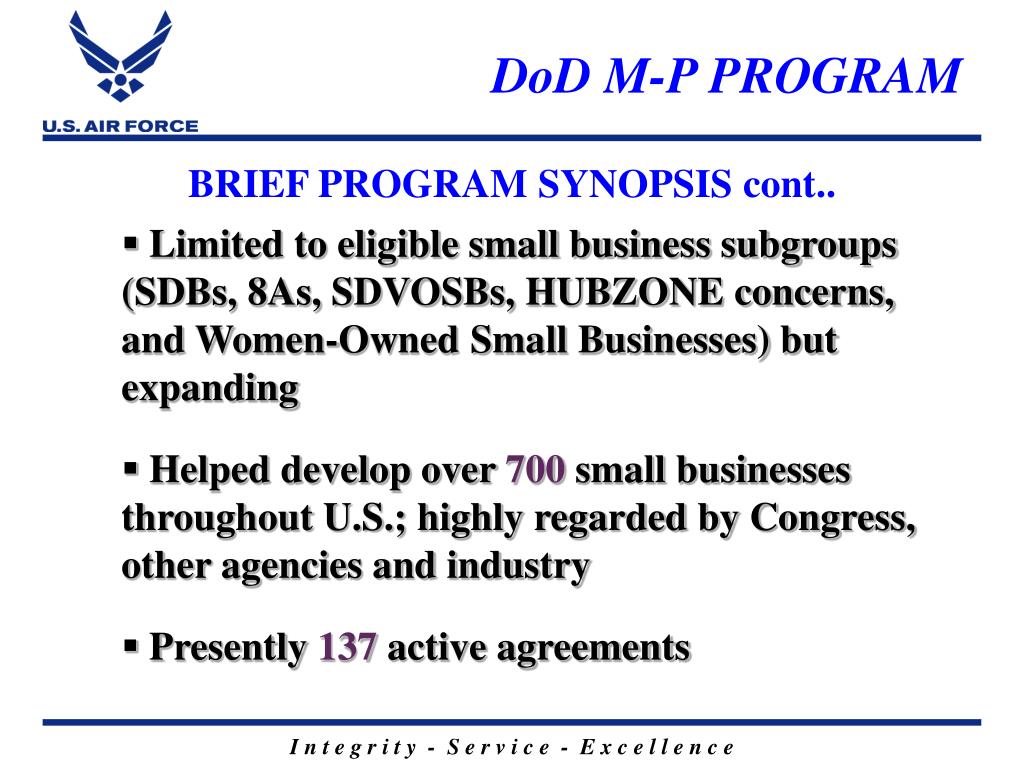

There is not an outright ban on multiple protégés. While not a prerequisite, it is worth noting that SBA regulations generally require that mentors have no more than one protégé at a time. Finally, the mentor must be able to “impart value to a protégé firm due to lessons learned and practical experience gained or through its knowledge of general business operations and government contracting,” the regulations state. Third, the mentor must not be on the federal list of debarred or suspended contractors. First, a mentor must be “capable of carrying out its responsibilities to assist the protégé firm under the proposed mentor-protégé agreement.” Second, mentors must possess good character. As with most government programs, however, it is not so simple as mentors being large and protégés being small.Įach mentor must satisfy four SBA-mandated requirements. While mentors can also be small businesses, the regulatory context infers that mentors are primarily large firms. Equally beneficial is that the agreement itself is not the basis to find affiliation between the mentor and protégé, as that would undermine the purpose of the program.Īs one can deduce, mentors are usually large businesses and protégés are usually small businesses. Once the agreement is approved, the mentor and protégé may form joint ventures to pursue small business opportunities without worrying about the size of the mentor. Qualification for this exception requires SBA’s approval of the proposed mentor-protégé agreement. While eligibility for these set-aside contracts usually requires a company to be small under SBA’s size standards, one exception to this rule is when two firms are “approved by SBA to be a mentor and protégé,” according to the rule. The real benefit of this program comes from the mentor and protégé being able to enter a joint venture and compete for federal small business set-aside contracts without being found affiliated. This same report indicated that as of April 2019 there were 759 active mentor-protégé agreements. The regulatory purpose of the program is to “enhance the capabilities of protégé firms” and improve their “ability to successfully compete for federal contracts.” That being said, a recent SBA report also recognized that the program is intended to benefit both mentors and protégés. While contract awards are the most sought-after prize, the program offers many other benefits for both mentor and protégé. In doing so, the large businesses may compete for this pool of previously inaccessible contracts. The intent of the program is to encourage large businesses to work with small businesses to increase and expand the small firms’ capabilities.

Consequently, large businesses are precluded from competing for these contracts.īut the SBA’s All Small Mentor Protégé Program offers opportunities for large businesses to mentor small businesses where the two entities may pursue these set-aside contracts together. During the last three fiscal years, the Defense Department awarded more than $77 billion to small businesses through set-asides under programs generally managed by the Small Business Administration.


 0 kommentar(er)
0 kommentar(er)
